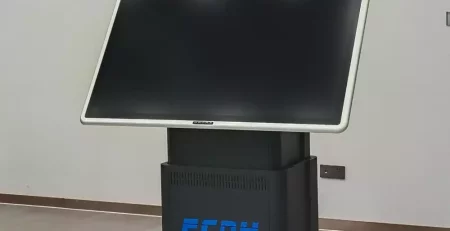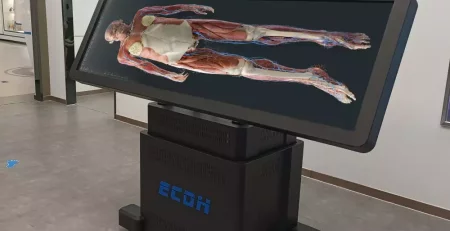How to Make a Lung Model: A DIY Guide from DIGIHUMAN
How to Make a Lung Model: A DIY Guide from DIGIHUMAN
Date:
We, DIGIHUMAN, specialize in creating high-precision 3D printed anatomical models that provide an unparalleled educational experience. Today, I want to share a simple yet effective DIY project: making a lung model at home. This project not only helps demonstrate how to make a lung model and illustrate the function of the lungs but also complements our advanced wholesale 3D lung models.
Table of Contents
ToggleMaterials Needed
To start your lung model project, gather your materials. You’ll need a plastic bottle, two balloons, a straw, an elastic band, and some play dough. This simple setup will allow you to create a functioning model that demonstrates how our lungs work. Remember, safety first—ask an adult for help when cutting the bottle.
Step-by-Step Instructions
First, carefully cut your plastic bottle in half. Discard the bottom half and keep the top half, which will serve as your lung model’s main body. Next, take one balloon and tie a knot at one end. Cut off the opposite end and stretch the balloon around the bottom of the bottle. This balloon will represent one lung, and it’s essential for demonstrating lung inflation.
Now, take the second balloon and insert a straw into its neck. Use the elastic band to secure the straw, but ensure it’s not too tight—air needs to flow freely for the model to work correctly. Test this by blowing gently through the straw to ensure the balloon inflates.
Once you’ve confirmed air flow, insert the straw and balloon into the neck of the bottle. Use play dough to create a seal around the bottle’s neck, ensuring that air can flow through the straw without crushing it. Congratulations! You now have a basic lung model that visually demonstrates how our lungs expand and contract.
The DIGIHUMAN Advantage
While DIY projects are fantastic for learning, our wholesale 3D lung models offer a high-fidelity alternative. Constructed from environmentally friendly resin materials, our models accurately represent the intricacies of lung anatomy. Each model is designed from high-precision digitized human body data, ensuring a 1:1 simulation of the actual structures.
Our lung segment models are detachable and include features like the bronchial tree, pulmonary artery, and pulmonary vein, each color-coded for easy identification. The pulmonary artery is represented in blue, while the pulmonary vein is red, allowing for a clear visual understanding of blood flow. With segmented models for both the left and right lungs, educators and medical professionals can easily teach respiratory anatomy.
Conclusion
At DIGIHUMAN, we believe that understanding anatomy is crucial for education and healthcare. Whether you choose to create a simple lung model at home or invest in our advanced 3D printed models, the goal is to enhance your knowledge of human anatomy. Our products are designed to provide an engaging and informative experience for students and professionals alike. Explore the world of anatomy with us and elevate your understanding of the human body!
Related Posts
 Blog
BlogAnatomy as a Major: Bridging Education and Innovation in Medical Training
Is anatomy a major? Absolutely, anatomy is a major that offers students a comprehensive understanding of the human body, essential...
 Blog
BlogUnderstanding Systemic Anatomy: A Comprehensive Overview
Systemic anatomy is a specialized branch of anatomical science that focuses on the study of the various systems within the...
 Blog
BlogIs Anatomy on the MCAT? Understanding Its Importance
Is anatomy on the mcat? The question of whether anatomy is on the MCAT can be answered with a resounding...

